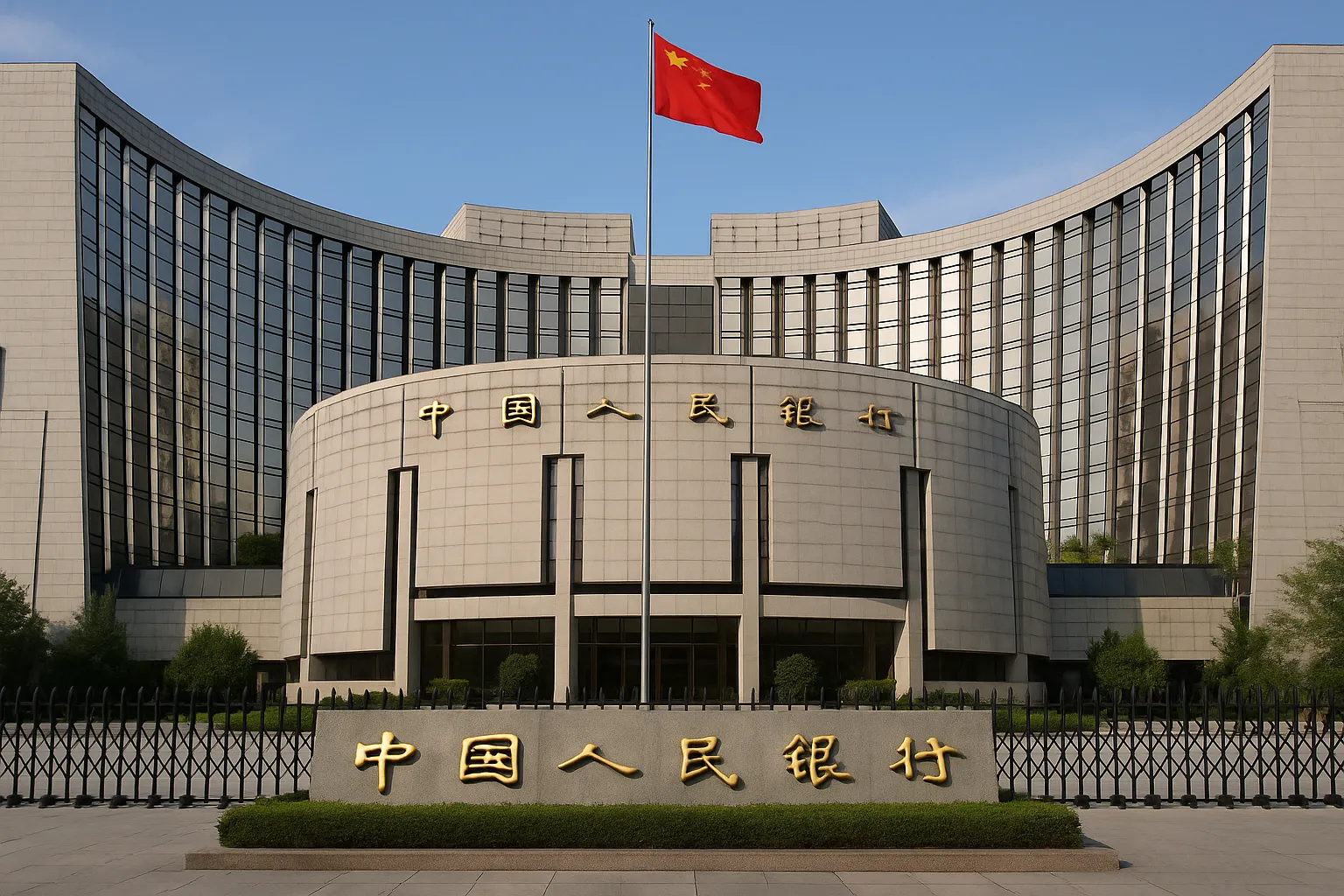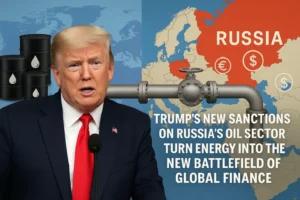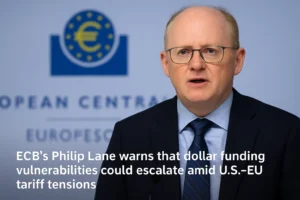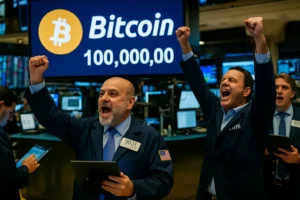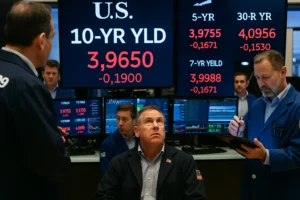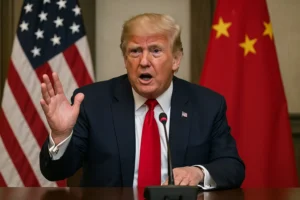China lending rates remain at the center of global attention this week. While the U.S. Federal Reserve slashed rates to stimulate a slowing economy, Beijing is expected to hold its benchmark lending rates unchanged. This decision highlights the Chinese leadership’s obsession with control: maintaining stability at home even if it means drifting further from international monetary trends.
Context: the official narrative
According to state-linked economists, China’s central bank seeks to project calm. By freezing lending rates, policymakers claim they are protecting against inflationary pressures and keeping credit markets predictable. Mainstream commentary frames this as a defensive measure, a way to shelter China’s fragile recovery from the volatility triggered by the Fed’s latest move. The logic is simple: stability first, global alignment second.
Oppositional Argument: the cracks in Beijing’s stance
But stability at what cost? Leaving China lending rates unchanged while the Fed loosens policy exposes China to a currency squeeze. A stronger dollar and stagnant yuan put pressure on exports, erode competitiveness, and intensify capital flight risks. The official story avoids this contradiction. Beijing talks about control, yet the refusal to adapt could turn into rigidity that suffocates growth.
Analytical Breakdown: causes and consequences
The People’s Bank of China is caught in a policy trap. If it cuts rates, it risks inflating asset bubbles in a fragile property sector still reeling from defaults. If it stands firm, it risks widening the monetary gap with Washington, fueling outflows. Historically, China leaned on cheap credit to maintain momentum. But now, the very tool that powered growth has become toxic, as indebted local governments and banks buckle under strain.
The divergence from the Fed also deepens trade tensions. Washington’s cuts aim to stimulate U.S. consumption, indirectly undermining Chinese exports. The longer China resists adjustment, the sharper the imbalance will grow. Beijing’s strategy looks less like prudence and more like denial.
Human Perspective: the cost for ordinary people
Behind these policy maneuvers are ordinary Chinese citizens. Homebuyers face soaring mortgage stress as property developers fail. Small businesses suffocate under tight credit. While Beijing trumpets stability, households feel no relief. In cities like Chengdu or Guangzhou, entrepreneurs whisper about shuttering shops because borrowing remains prohibitively expensive. These are not abstract numbers—they are livelihoods on the line.
Counterarguments
Some argue China’s caution is wise: cutting rates could ignite uncontrolled capital speculation or weaken confidence in the yuan. Yet this reasoning assumes confidence exists to begin with. Global investors have already shifted billions out of China. The problem isn’t excess speculation—it’s the absence of it. Without decisive easing, Beijing risks overseeing a controlled stagnation rather than real stability.
Conclusion: Beijing’s illusion of stability
China lending rates tell a story of a government trapped by its own narrative. Refusing to follow the Fed may look like sovereignty, but in practice it leaves China more exposed. Stability is not achieved by denial—it’s earned through flexibility and trust. Unless Beijing breaks from its obsession with control, the cost of inaction will fall on its people first, and then on its global standing.
External Links
35 views
